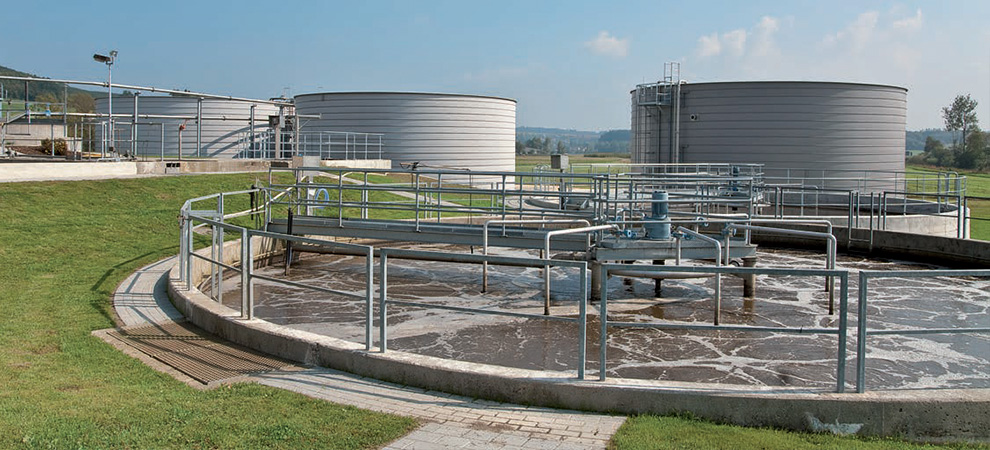Anaerobic digestion (AD) and the biodigester
Anaerobic digestion, or methanisation, uses the biological process of fermentation to break down organic matter from animals, plants, food waste, primary industry organic waste and sewerage to produce biogas and digestate. The process takes place within a centralised system in a unit called an anaerobic digester, also known as a biogas reactor or a biodigester. Bioceta uses the AD process in a ‘closed loop’ method to reduce greenhouse gas emissions, divert organic material from landfill, harvest valuable organic nutrients and create renewable energy.

What it does and a bit of science
All anaerobic digestion systems adhere to the same working principle.
There are four process stages:
Loading
Particles of solid or liquid matter are fed into the biodigester which is an oxygen-free vessel of cylindrical form. Solid material can be crushed or macerated to obtain a homogenious substrate that is fed by a hopper into the digester. To manage seasonality the liquid and fluid feedstock can be safely stockpiled or lagooned to maintain healthy input levels during low production times.
Fermentation
The biomass, which is the bacterial population contained in the biodigester, is usually heated to approximately 37°C to 38°C, but sometimes to more than 50°C. To keep the bacteria in close contact with their food the contents of the biodigester are stirred continuously. After a retention time of about 20 days and a series of bacteria-induced chemical transformations, the fermented biomass produces biogas . The biogas contains 40% to 70% methane (CH4) , the same as natural gas extracted from a hydrocarbon deposit. The remaining gas is carbon dioxide (CO₂), plus small amounts of trace elements in gaseous state, depending on what the feedstock contains.
Biogas uses
The biogas may be used on-site in a cogeneration engine for producing heat and power, it can be direct injected to modern fossil-fuel boilers or it can be purified with membranes to extract the methane for injection into the public natural gas network or for use as transportation fuel. The CO₂ can be extracted to assist plant growth in greenhouses.
Removal
The digestate, or material left over following the conversion of the substrate, is typically used as an organic soil conditioner or fertiliser for crops. If this digestate is used on the land used for cropping or grazing which ‘closes the loop’ as the nutrients removed from the soil by the plants are being returned, especially the organic carbon.
